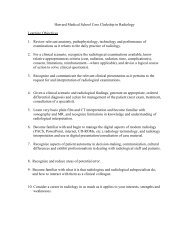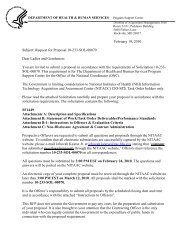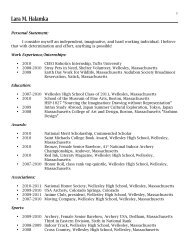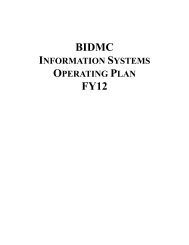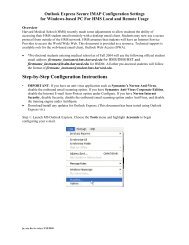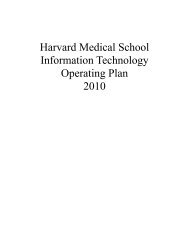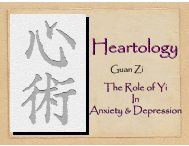SIMULATION CASEBOOK - MyCourses
SIMULATION CASEBOOK - MyCourses
SIMULATION CASEBOOK - MyCourses
Create successful ePaper yourself
Turn your PDF publications into a flip-book with our unique Google optimized e-Paper software.
Gilbert Program in Medical Simulation<br />
Simulation Casebook<br />
Harvard Medical School Draft of the 1 st edition (2011), updated 3/2/12<br />
CLINICAL PROGRESSION:<br />
History and physical, O 2 /IV/monitor. Students must treat pain and determine future management of<br />
patient. Case will end when students release patient, educating patient about possible triggers, how to<br />
recognize signs of aura, and need for abortive medication.<br />
***If NSAID, anti-emetic (prochlorperazine, metoclopramide), or triptan given (oral, IM, IV), headache<br />
improves, pain gradually reaches rating of 5 (1-10 scale)<br />
VI.<br />
Instructor Notes<br />
A. Tips to keep scenario flowing<br />
1. Patients asks “Doc, aren’t you going to give me something for my head?”<br />
2. Nurse suggests analgesics, as necessary.<br />
B. Scenario programming<br />
1. Optimal management path:<br />
O 2 /IV/monitor<br />
History and physical examination<br />
Analgesia<br />
2. Potential complications/errors path(s): N/A<br />
3. Program debugging: N/A<br />
VII.<br />
Debriefing Plan<br />
A. Method of debriefing: Group with multimedia teaching materials<br />
B. Debriefing materials: See Appendix C<br />
C. Potential Debriefing topics<br />
1. Team dynamics<br />
a. Leadership<br />
b. Collaboration<br />
c. Communication<br />
d. Professionalism<br />
2. Didactic material<br />
i. Aura vs. no aura<br />
ii. Systemic manifestations (nausea, vomiting, scotoma, paresthesias,<br />
photophobia)<br />
iii. Historical factors suggesting a more serious underlying cause of<br />
headache<br />
iv. Indications for imaging: unexplained neurological finding, atypical<br />
features, additional risk factor (e.g. HIV), sudden severe headache<br />
v. Migraine types: basilar type, menstrual, familial hemiplegic, etc.<br />
vi. Differential diagnosis: migraine, ruptured aneurysm, meningitis,<br />
“hangover,” brain tumor, opportunistic infection, drug-induced<br />
cerebral vasospasm, stroke<br />
b. Etiology<br />
i. Triggers: list of foods, environmental, etc.<br />
c. Pathophysiology<br />
d. Treatment<br />
i. Mechanism of Toradol<br />
ii. Mechanism of Triptan<br />
119



